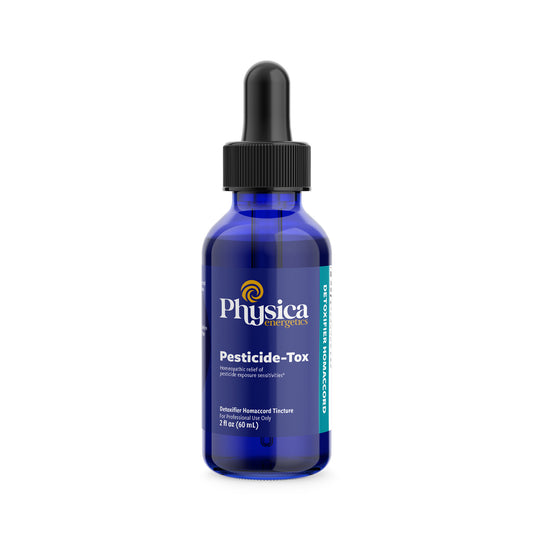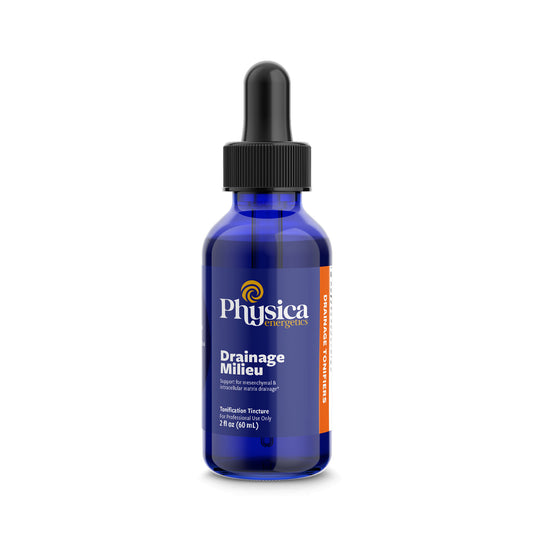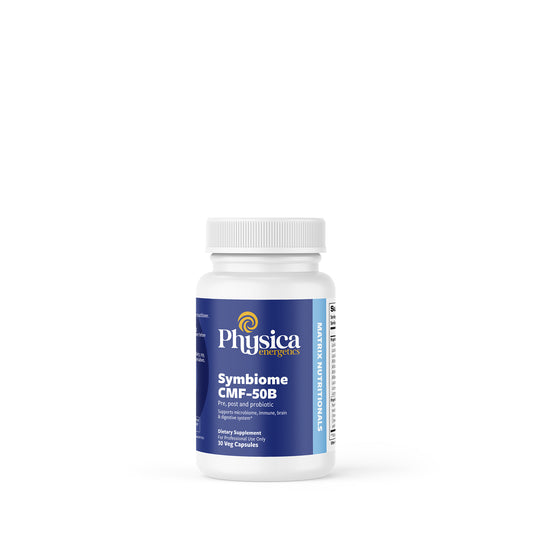Glyphosate is a widely used herbicide sprayed on commercial crops of wheat, barley, oats, flax, peas, soybeans, and sugarcane. Additionally, it is used by professional landscapers, groundskeepers, and home gardeners. Pay special attention to golfers, and those living near parks, golf courses, and crop fields.
Here are some key concerns associated with glyphosate:
Carcinogenicity: There has been significant debate and controversy regarding the potential carcinogenicity of glyphosate. The International Agency for Research on Cancer (IARC), which is part of the World Health Organization (WHO), classified glyphosate as a probable human carcinogen in 2015. However, other regulatory bodies, such as the U.S. Environmental Protection Agency (EPA), have not classified it as such. (Yet)
Environmental impact: Glyphosate has been found to have negative effects on the environment. It can contaminate soil, water bodies, and food crops, leading to potential harm to non-target organisms, including animals and beneficial insects. There are concerns about its impact on biodiversity and ecosystem health.
Health risks and toxicity: Glyphosate exposure has been associated with various health risks. Studies have linked it to adverse effects on human health, including liver and kidney damage, disruption of the endocrine system, reproductive effects, and potential developmental effects. It is important to note that the extent and significance of these risks are still subject to scientific debate.
Herbicide resistance: Prolonged and extensive use of glyphosate has led to the development of glyphosate-resistant weeds, which poses challenges for farmers and agricultural practices. This has resulted in increased herbicide use and the need for alternative strategies, which can have additional environmental and economic consequences.
Regulatory considerations: The regulatory landscape surrounding glyphosate is complex and varies among countries. Some countries have restricted or banned its use, while others still permit it. Ongoing scientific research and evolving regulatory decisions contribute to the ongoing debate and concerns surrounding its usage.
It's important to stay informed about the latest research findings and regulatory updates regarding glyphosate. As a healing arts practitioner, consider discussing these concerns with your patients and advising them on potential risks and precautionary measures. Additionally, encouraging a holistic approach to health that includes minimizing exposure to potentially harmful substances can be beneficial.
Food Sources
Glyphosate can be found in various food sources, but it's important to note that the levels can vary depending on factors such as farming practices, geographic location, and regulatory standards. Here are some examples of food sources that have been reported to contain glyphosate:
Genetically Modified Crops: Genetically modified (GM) crops such as soybeans, corn, canola, and sugar beets are often cultivated using glyphosate-resistant seeds. These crops are engineered to withstand glyphosate application, allowing farmers to use the herbicide to control weeds without harming the crop itself. As a result, residues of glyphosate may be present in GM crop-based food products like soybean oil, corn syrup, and processed foods containing these ingredients.
Non-GMO Crops: Glyphosate may also be used as a pre-harvest desiccant on non-GM crops like wheat, oats, and barley. This practice helps to dry out the crop before harvest, making it easier to process. As a result, traces of glyphosate can sometimes be detected in products made from these crops, such as bread, cereals, and other grain-based foods.
Fruits and Vegetables: Glyphosate residues have been found in certain fruits and vegetables, although generally at lower levels compared to GM and non-GMO crops. This can occur due to the direct application of glyphosate or through exposure to contaminated soil or water. Common examples include apples, grapes, oranges, strawberries, lettuce, and spinach.
Legumes and Pulses: Some legumes and pulses, such as lentils and chickpeas, have been reported to contain glyphosate residues. These crops may be treated directly or be exposed to glyphosate through soil or water contamination.
It's important to understand that regulatory bodies in different countries establish maximum residue limits (MRLs) for glyphosate in food products to ensure safety. These limits are set based on scientific assessment and aim to minimize potential health risks.
Organic farming prohibits the use of synthetic pesticides, including glyphosate. However, it's important to note that even organic products may have minimal traces of glyphosate due to factors like environmental contamination.






